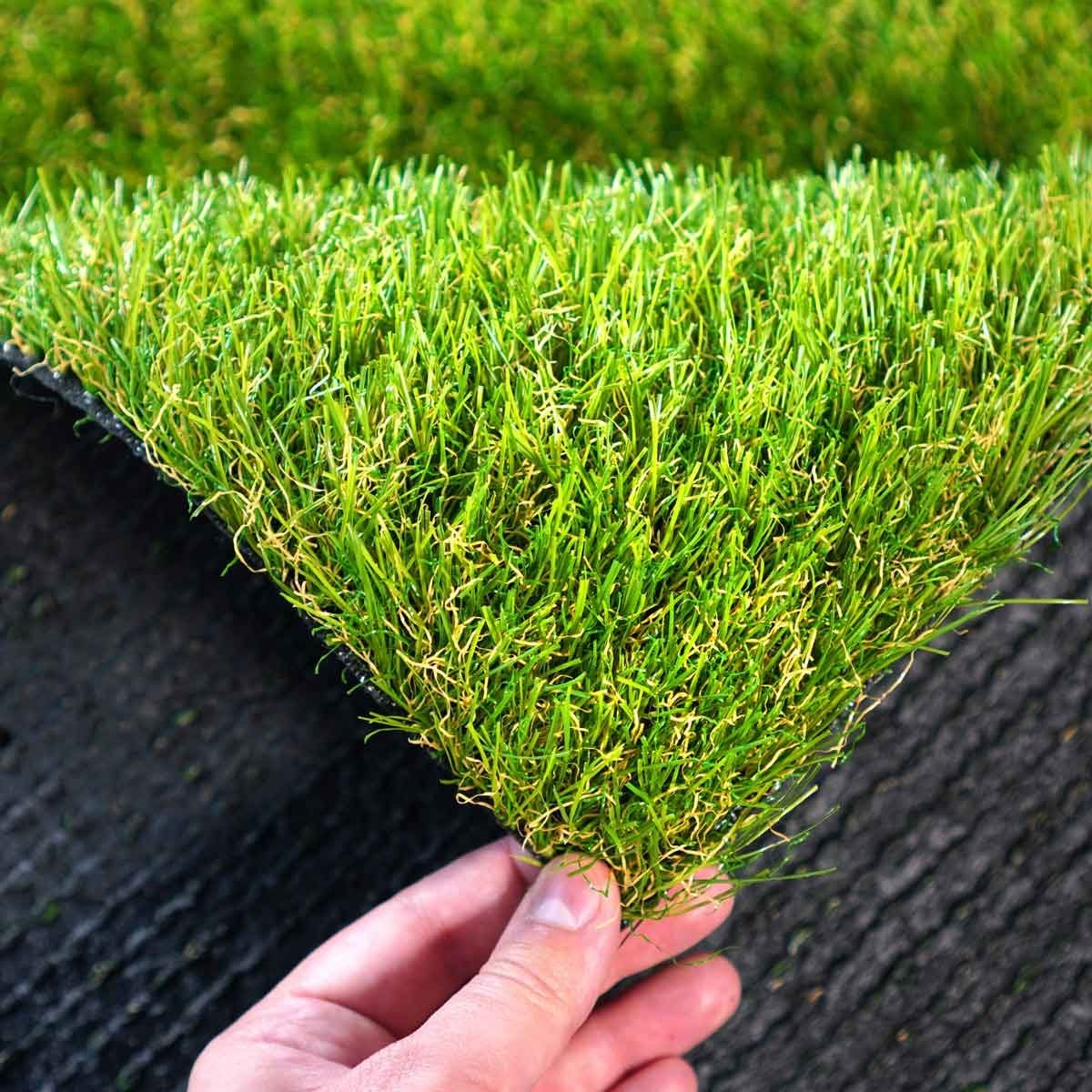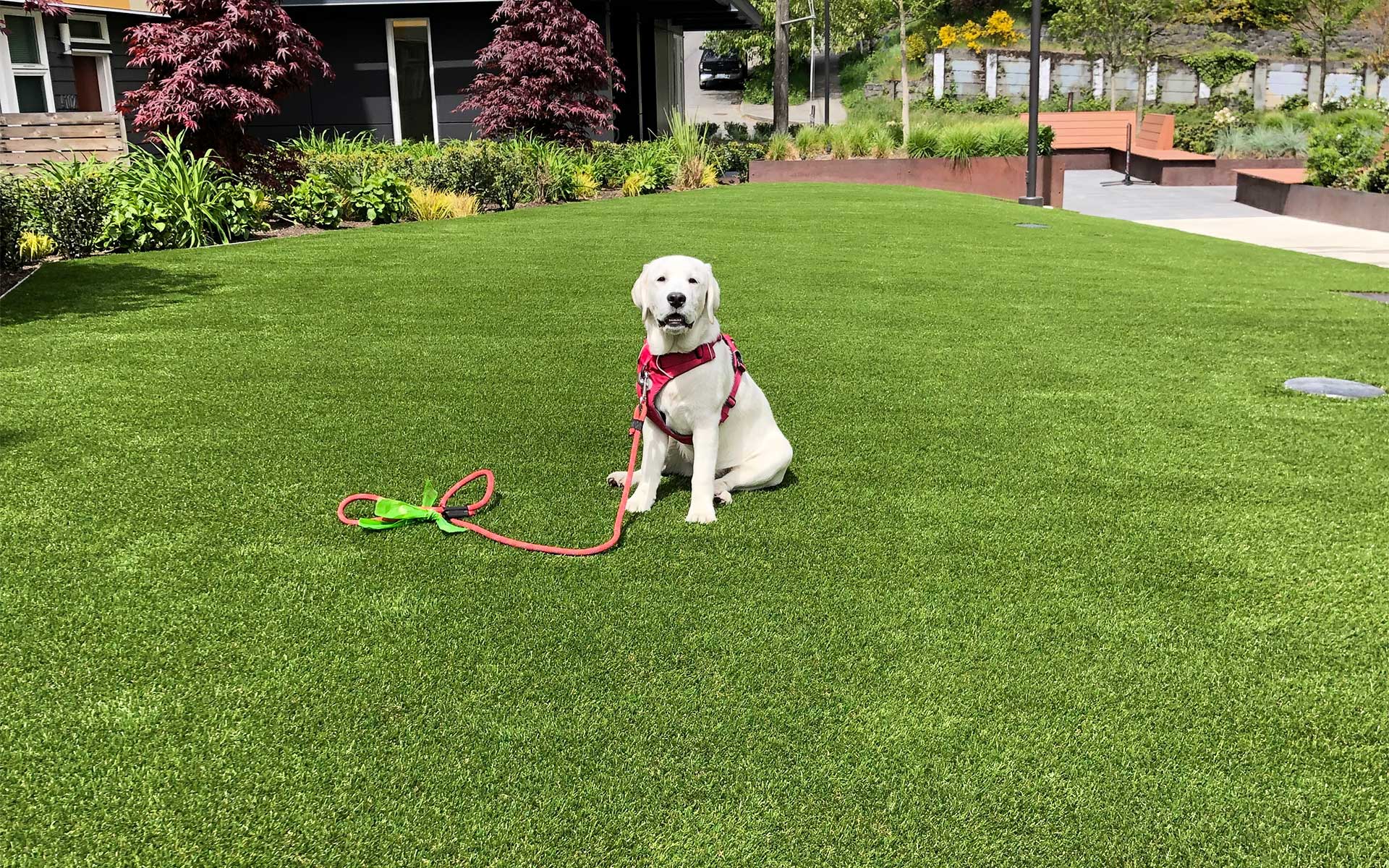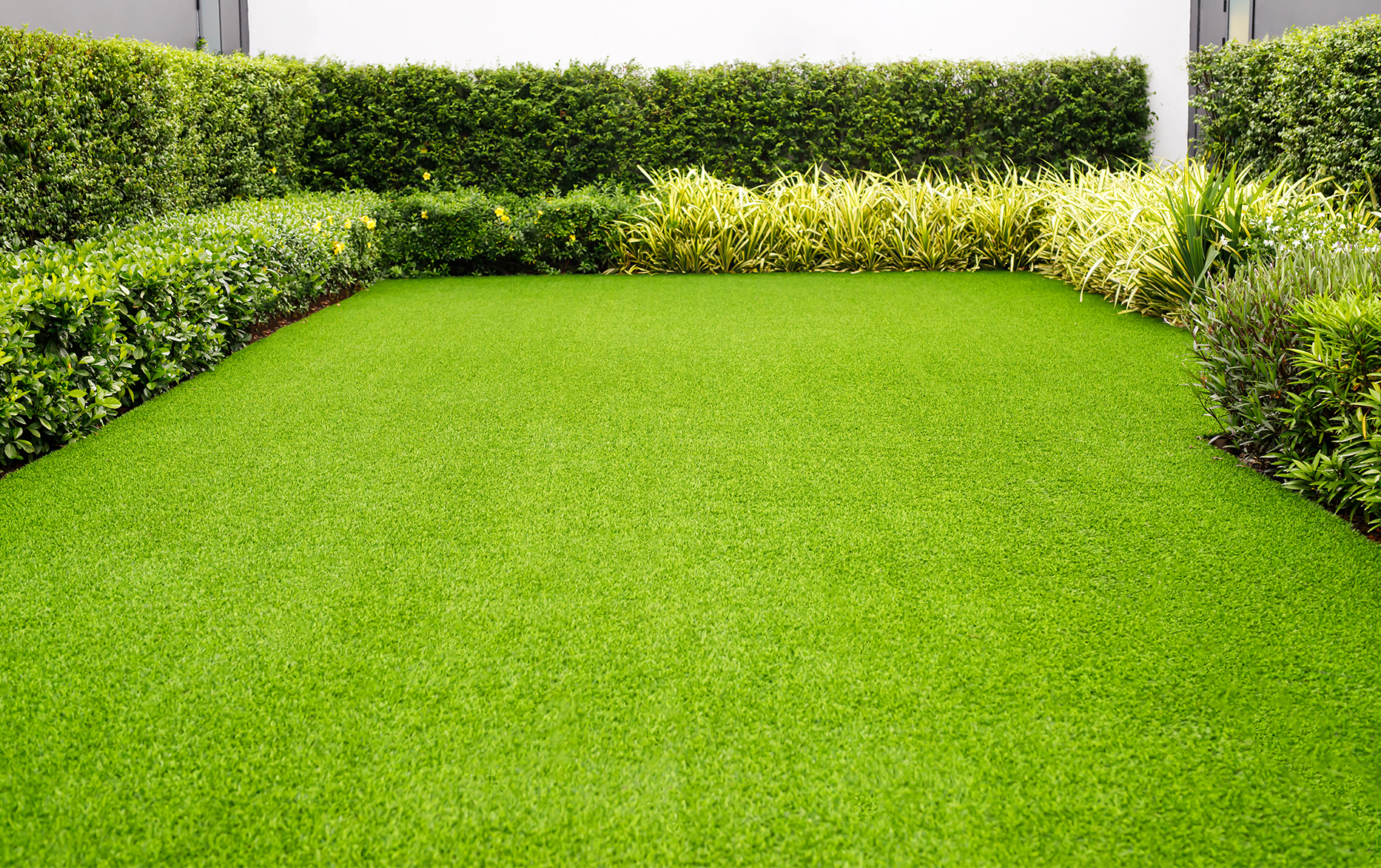Premium Arizona Turf Installation Services for Homes and Commercial Properties
Premium Arizona Turf Installation Services for Homes and Commercial Properties
Blog Article
Explore the Environmental Perks of Opting for Artificial Lawn Solutions
The fostering of synthetic grass options offers an engaging possibility to address pressing environmental challenges. By considerably decreasing water use and minimizing the application of dangerous chemicals, these alternatives not only promote sustainable landscaping however likewise protect neighborhood ecological communities. Additionally, the reduced carbon impact linked with lowered upkeep tasks contributes to an extra lasting approach to land management. The ramifications of these advantages extend past simple conservation efforts, elevating inquiries about their lasting impact on environment conservation and general ecological equilibrium. Exploring these measurements discloses a complicated interaction worth considering.
Water Conservation Benefits
Among one of the most significant advantages of synthetic grass is its capability to conserve water. Conventional yard lawns need significant irrigation, specifically in locations vulnerable to drought or water restrictions. On the other hand, synthetic grass does not need watering, substantially decreasing the general demand for water resources. This function is especially useful in dry areas where water deficiency is a pushing issue.
By getting rid of the requirement for routine watering, synthetic grass adds to lasting landscape techniques and assists mitigate the ecological influence of excessive water intake. In addition, the preservation of water reaches the decrease of drainage, which can lead to soil erosion and waterway air pollution.
Furthermore, the installation of synthetic grass permits property owners and communities to allocate water sources extra efficiently, focusing on necessary usages such as drinking water and agriculture. The change towards artificial grass not just promotes accountable water use yet also aligns with broader environmental objectives intended at maintaining all-natural resources.
As neighborhoods progressively prioritize sustainability, the water conservation advantages of synthetic grass provide a compelling case for its fostering in business and household landscape design projects.
Reduced Chemical Use
The shift to synthetic grass substantially lowers the dependence on chemical treatments commonly made use of in natural grass upkeep. Conventional turf monitoring normally involves the application of herbicides, plant foods, and chemicals to promote growth and control insects. These chemicals can posture dangers to human health, neighborhood wildlife, and the setting, adding to dirt and water contamination.
On the other hand, fabricated grass removes the need for these harmful compounds. As soon as installed, it needs minimal upkeep, largely consisting of routine cleansing and irregular infill replenishment. This reduction in chemical use not just benefits the instant setting but likewise adds to more comprehensive environmental security. By decreasing the release of synthetic compounds right into the ecological community, synthetic grass advertises much healthier soil and water systems.
In addition, the absence of chemical overflow linked with synthetic grass setups assists secure neighborhood rivers from air pollution, sustaining water life and preserving biodiversity. Phoenix turf companies. As neighborhoods progressively prioritize sustainable practices, selecting artificial lawn offers a feasible option that lines up with environmental preservation objectives. With this shift, homeowner can delight in rich eco-friendly spaces without endangering eco-friendly health and wellness, paving the means for a much more sustainable future
Reduced Carbon Footprint

Furthermore, the installation of artificial grass can cause substantial water conservation. All-natural lawns require significant quantities of water for irrigation, which not only includes in the carbon impact associated with water extraction and treatment yet also strains regional water sources. On the other hand, synthetic grass requires marginal maintenance, calling for no watering, consequently considerably decreasing water usage and its linked power costs.
Additionally, the durability of man-made lawn adds to its reduced carbon impact. With a lifespan of as much as 15 years or more, the requirement for regular replacements is reduced, leading to much less waste and lower energy usage in manufacturing and disposing of traditional turf alternatives. In general, synthetic grass presents a sustainable choice for environmentally conscious landscape design.
Environment Conservation
Habitat preservation is a crucial consideration in the debate over landscape design options, especially when comparing artificial important site lawn to all-natural turf. Natural grass yards usually need substantial maintenance, including using herbicides, fertilizers, and chemicals, which can negatively affect local ecosystems. These chemicals can leach into the dirt and waterways, hurting native plants and fauna and interfering with regional environments.
On the other hand, artificial lawn presents a possibility to decrease the eco-friendly footprint of landscape design. By choosing artificial turf, home owners can reduce the disturbance of natural environments related to standard grass care methods. Synthetic grass removes the need for dangerous chemicals, look what i found thus shielding nearby wildlife and keeping the honesty of surrounding environments. The setup of fabricated lawn can lead to the conversion of former turf areas into more biodiverse landscapes, such as pollinator gardens or indigenous plant locations, which can sustain neighborhood wild animals.
Inevitably, the shift to man-made grass not only conserves water and minimizes upkeep initiatives however also cultivates an extra harmonious relationship between human activities and the native environment, advertising environment preservation while doing so.
Long-Term Sustainability
Lasting sustainability is a critical consider examining the advantages of synthetic grass over conventional grass yards. One of one of the most significant benefits of synthetic grass is its sturdiness; it can last up to 15-20 years with marginal maintenance, whereas all-natural lawn requires constant reseeding and replacement. This long life decreases the demand for continuous sources, such as water, fertilizers, and chemicals, which are important for keeping a healthy yard lawn.
Furthermore, synthetic grass adds to a decrease in carbon discharges related his comment is here to yard treatment equipment. Standard lawns typically require gas-powered lawn mowers, leaners, and blowers, all of which add to air contamination. Turf installation phoenix az. On the other hand, synthetic grass gets rid of the demand for such equipment, promoting a cleaner atmosphere
In addition, the production of synthetic lawn increasingly utilizes recycled products, boosting its sustainability profile. As producers embrace environmentally friendly methods, the ecological impact of fabricated turf continues to decrease.

Verdict
The adoption of fabricated lawn solutions provides significant environmental advantages, including substantial water preservation, decreased dependence on hazardous chemicals, and a lower carbon footprint. Synthetic turf aids in maintaining all-natural environments by reducing land disturbance and advertising long-term sustainability through the usage of sturdy products. Collectively, these factors emphasize the possibility of synthetic grass to add positively to environmental wellness and use a practical option to standard landscaping techniques in a progressively resource-conscious world.
In comparison, man-made turf does not require watering, substantially reducing the total demand for water sources. By reducing the release of synthetic substances right into the ecosystem, artificial lawn promotes much healthier dirt and water systems.
Furthermore, the setup of synthetic turf can result in significant water preservation. In contrast, man-made turf needs marginal maintenance, needing no watering, thereby substantially reducing water usage and its linked energy costs.

Report this page